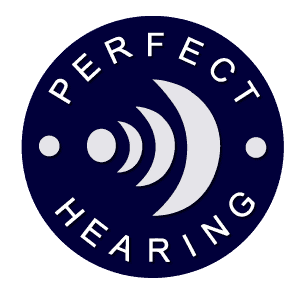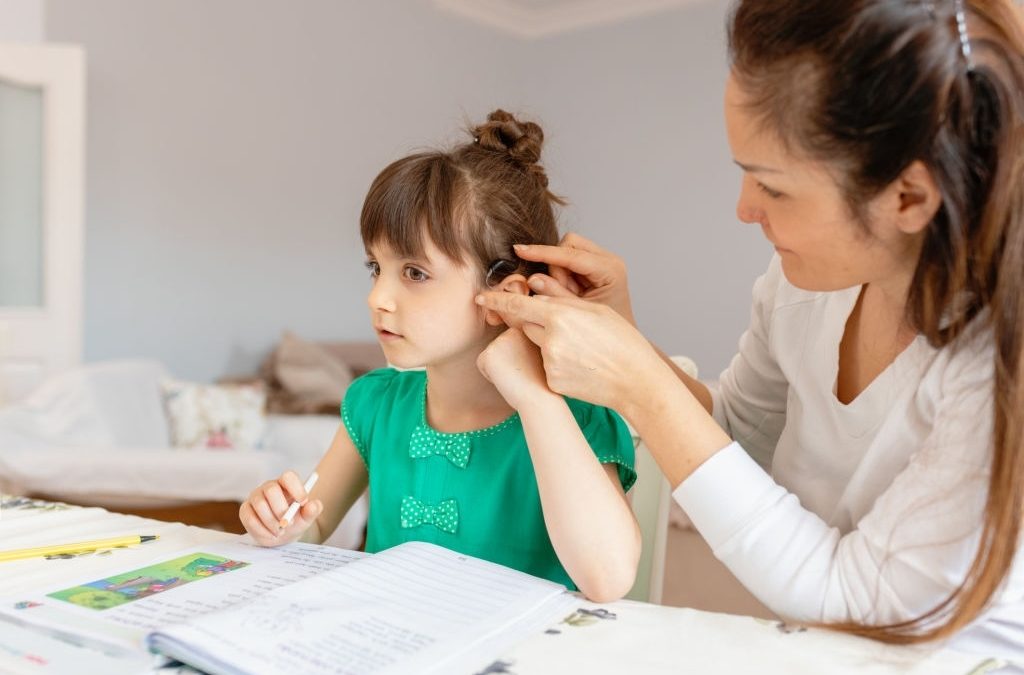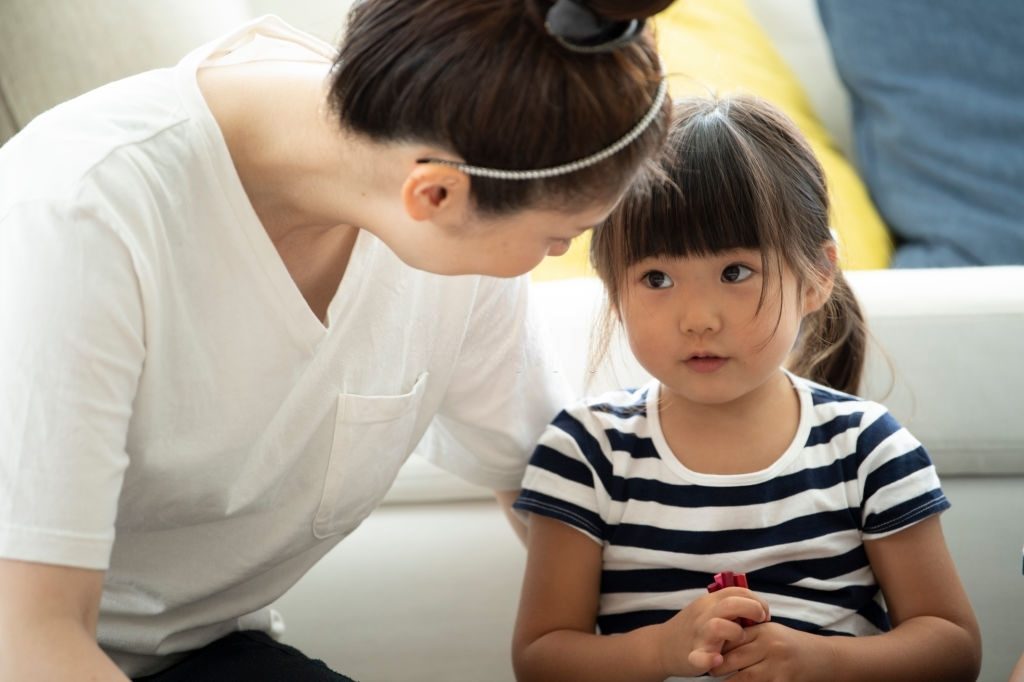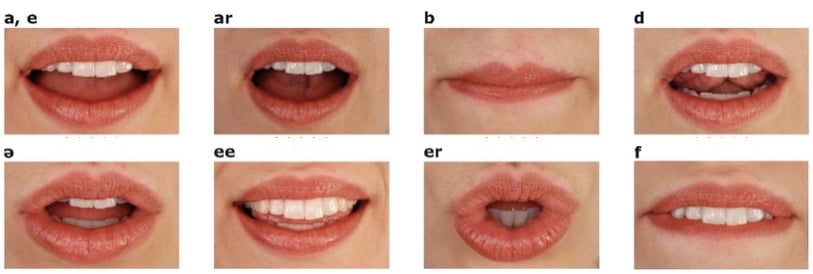Without any extra help, kids with hearing loss will encounter problems in learning as they grow. These problems can lead to other risks, such as delays in the general development of the kid. Parents of kids with hearing impairment often need to change their communication strategies or learn to use other communication methods, such as sign language, to help their kids learn languages.
Many kids with hearing loss usually have some level of hearing, except that it is reduced. The amount of hearing a kid with hearing loss can hear is known as Residual Hearing. Technology, like hearing aids, doesn’t cure the hearing challenge in kids but will help the kid make the most of their residual hearing.
Hearing aids help to amplify the residual hearing in the child. Therefore, toddlers with hearing loss will understand sounds better when they use hearing aids. It gives them a chance to learn speech at a young age. For toddlers using hearing aids, the first step to auditory learning is to provide them with access to as much auditory information as possible.
There are various methods to provide your child with adequate auditory learning. Some of them include:
- The Auditory/Oral method
- The Auditory/Verbal method
- The Cued Speech method
- The Simultaneous Communication method
-
Auditory/Oral
This approach of learning focuses on spoken language. Kids are taught to use their hearing, lip-reading, and contextual cues to understand and use spoken language. The goal of this approach is to give your kid the necessary spoken language skills he might need when he is enrolled in school by the time he is ready.
The Auditory-Oral method requires the consistent use of hearing aids. It also emphasizes oral language and natural conversational cues like speech reading. Speechreading utilizes visual information from the face, body, and environment to help understand spoken words. The use of consistent oral language helps the kid to develop reading and writing skills.
-
Auditory/Verbal
The auditory-verbal method is based on the presumption that kids with all degrees of hearing loss can develop the ability to listen and use spoken communication effectively. Based on the normal neurological development model, it is believed that the body and brain were designed to use the five senses equally for learning.
The auditory-verbal approach works with a hierarchy of auditory development to teach sound awareness, detection, identification, and discrimination skills. Audiologists or auditory-verbal therapists are the right people to initiate this approach. However, family members are also active participants during therapy sessions.
-
Cued Speech
There are certain sounds in the English language that look alike on the lips. Example, sounds like /p/, /b/, and /m/. Cued speech uses hand movements and gestures to provide auditory information. The hand movement is done near the speaker’s face to help cue the listener about certain sounds and try to present the sounds visually.
Parents can learn these hand movements to help the kid use lip reading skills and differentiate between sounds when they look alike. This approach is also known as a sound-based visual communication system. The cued speech will help to facilitate language development, speech development, reading skills, and communication.
-
Simultaneous Communication
Simultaneous Communication takes place when people use sign language and spoken words at the same time. The words that are signed and spoken are communicated simultaneously.
This method can be useful in teaching a kid with hearing loss and facilitating the language development of normal hearing kids. If you choose this method to teach your kid, ensure that you consistently sign as you speak to your kid.
In a Nutshell
Parents of kids diagnosed with hearing loss, and is using hearing aids in Malaysia, can seek support. Support is anything that helps reduce the stress on the family. It can be information, advice, or talking to other parents of kids with a similar condition.
For further assistance, including more information about hearing aids, visit Perfect Hearing and talk to our ENT specialists to identify the cause and recommend the best treatment option to follow. Our clinics are situated all around Malaysia, including Johor Bahru and Melaka.



